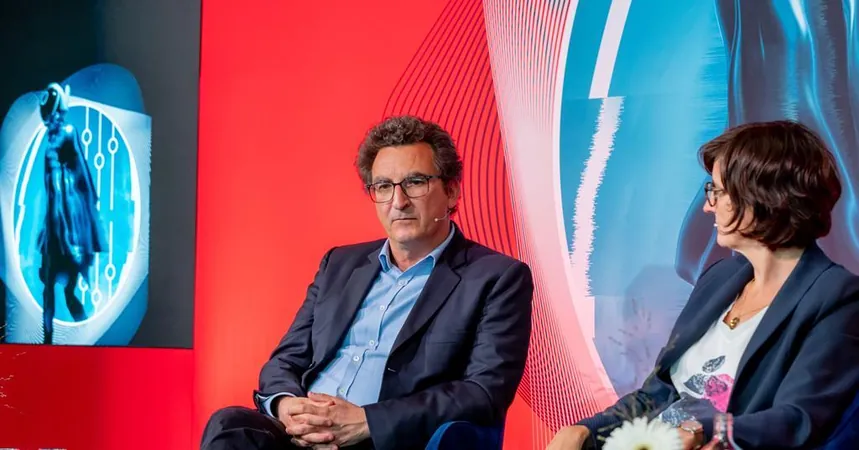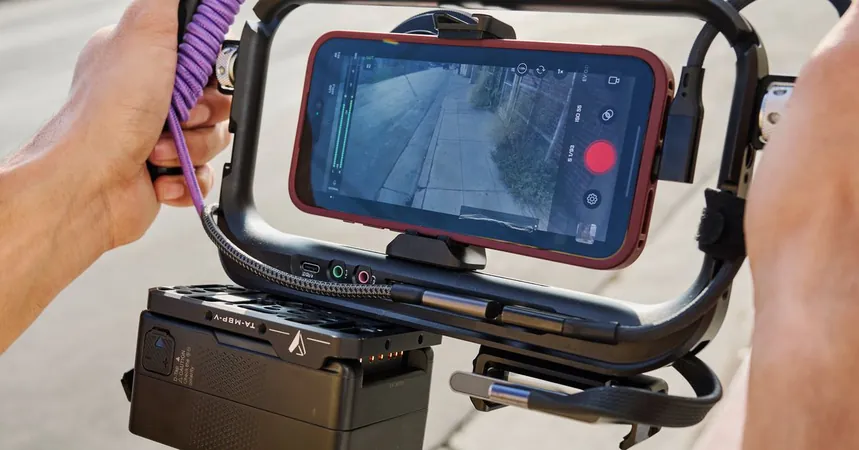
Orange Telecoms Embraces AI and Quality Experience in Customer Retention Race
2024-09-15
The Content Consumption Shift
Assayag emphasized that content consumption is increasingly localized but heavily influenced by global trends, with viewers demanding flexibility in how and when they watch TV. The rise of FAST (Free Advertising-Supported Streaming Television) is a testament to the growing number of content creators and platforms. One of the most significant trends Assayag highlighted is the decline in live content consumption. However, he pointed out that live programming remains surprisingly resilient, suggesting that audiences still value the immediacy of live broadcasts.
Strategies for Customer Engagement
To stay relevant, telecom operators must innovate. While many have pursued exclusive content deals, Assayag revealed that Orange has opted for a different approach—focusing on enhancing the overall customer experience instead of trying to dominate with exclusivity. Quality of Service is measurable, but the more critical metric today is Quality of Experience. He noted that the current systems for content discovery are lacking, often leading frustrated viewers to settle for familiar shows rather than discovering new content. This is where Artificial Intelligence (AI) comes into play. Assayag mentioned that people typically spend 10-15 minutes searching for content using existing recommendation engines, which frequently disappoint them. AI could facilitate natural interactions, making it easier for users to find content tailored to their preferences.
Adapting to User Preferences
While Orange has been hesitant about voice search due to low adoption rates, Assayag believes that AI advancements will change that landscape. To enhance user interaction, Orange has equipped its latest set-top boxes with Far-Field microphones to support voice commands effectively. As consumer preferences evolve, it's clear that viewers no longer care about which network or channel content is sourced from; they desire seamless access to all their preferred content. Therefore, a user-interface that places content first, rather than network-specific limitations, is imperative. Orange is responding to this demand by providing an integrated voice feature that simplifies navigation.
Aggregated Services: The New Norm
Another emerging expectation is that consumers want all their content to be aggregated under a single provider, eliminating the need to switch services mid-viewing. Orange is rising to meet this demand by consolidating multiple content services and billing them under one invoice, enhancing convenience for users.
Diverse Device Options and Partnerships
As consumption trends shift towards multiple devices—including smartphones and smart TVs—Assayag stated that Orange is determined to broaden its offerings beyond traditional set-top boxes. The company’s strategy includes aspirations to partner with smart TV manufacturers like Samsung, providing customers with attractive deals on new devices. However, Assayag cautioned that it’s vital for Orange to maintain a careful balance so as not to alienate its existing customer base. Additionally, to serve different market segments, Orange has introduced its low-cost sub-brand, Sosh, to test smart TV delivery as an alternative to standard set-top boxes, allowing users to fully embrace a smart TV experience if they choose.
Conclusion
As Orange and other telecom operators adapt to an intricate blend of local and global demands, focusing on an exceptional customer experience powered by innovative technologies like AI may be the key to retaining and growing their customer base in this competitive arena. Keep an eye on how these strategies unfold—worldwide shifts in viewing habits could reshape the telecom landscape in surprising ways!






 Brasil (PT)
Brasil (PT)
 Canada (EN)
Canada (EN)
 Chile (ES)
Chile (ES)
 España (ES)
España (ES)
 France (FR)
France (FR)
 Hong Kong (EN)
Hong Kong (EN)
 Italia (IT)
Italia (IT)
 日本 (JA)
日本 (JA)
 Magyarország (HU)
Magyarország (HU)
 Norge (NO)
Norge (NO)
 Polska (PL)
Polska (PL)
 Schweiz (DE)
Schweiz (DE)
 Singapore (EN)
Singapore (EN)
 Sverige (SV)
Sverige (SV)
 Suomi (FI)
Suomi (FI)
 Türkiye (TR)
Türkiye (TR)